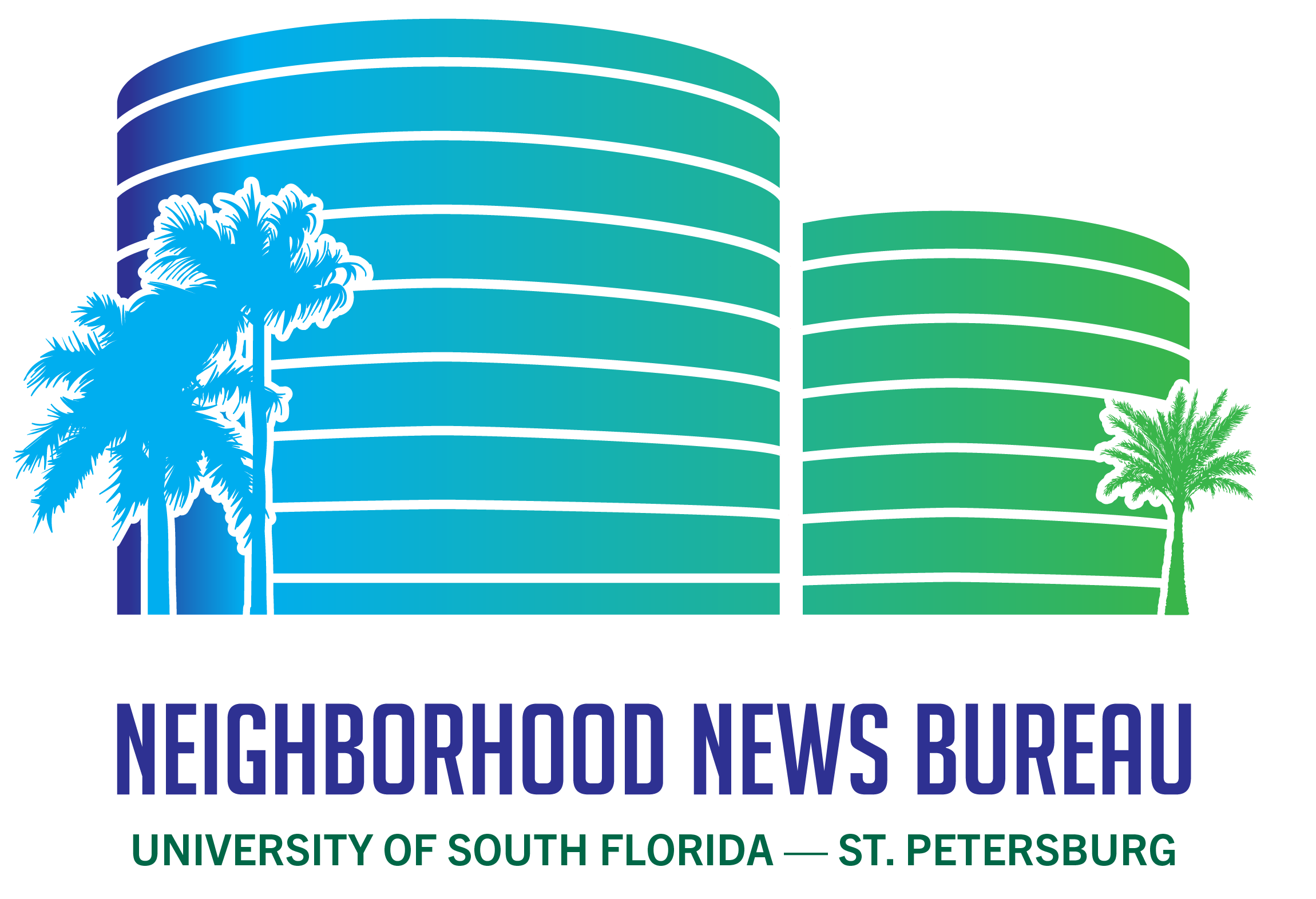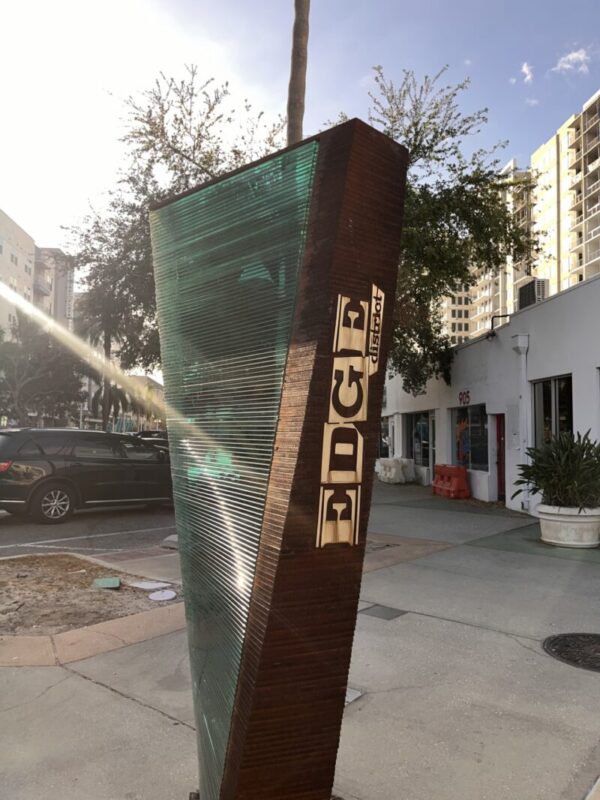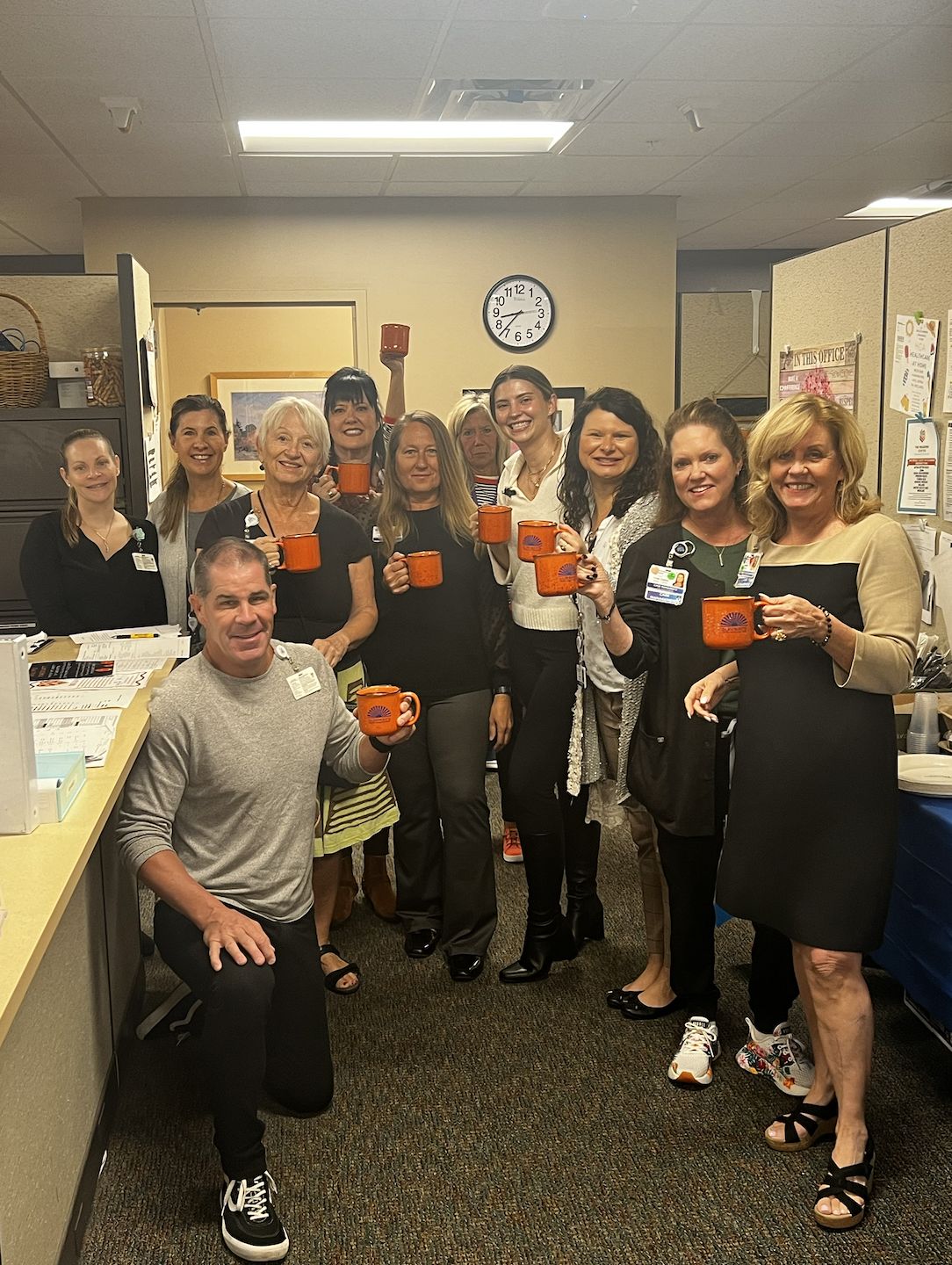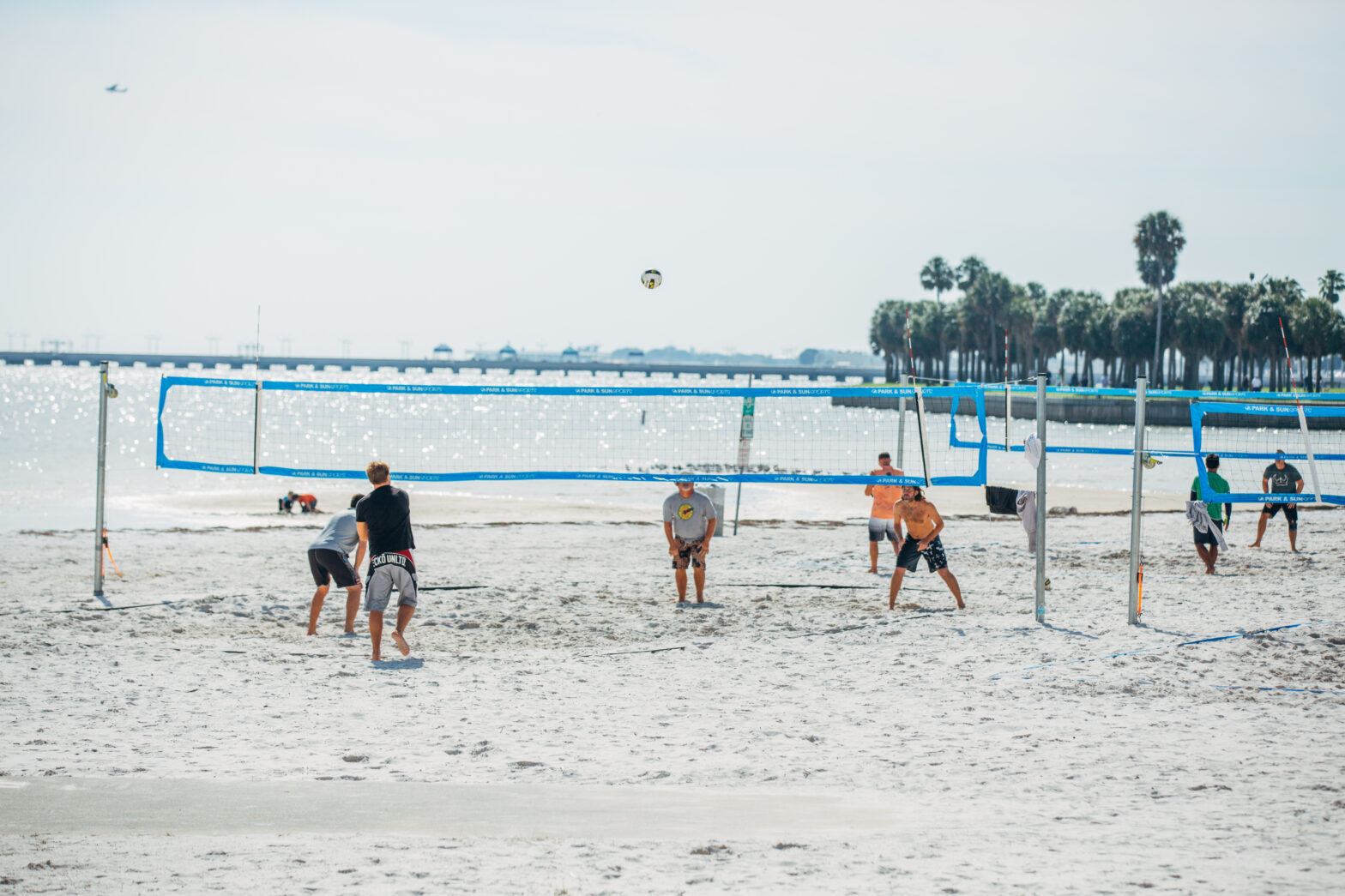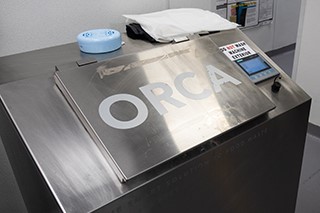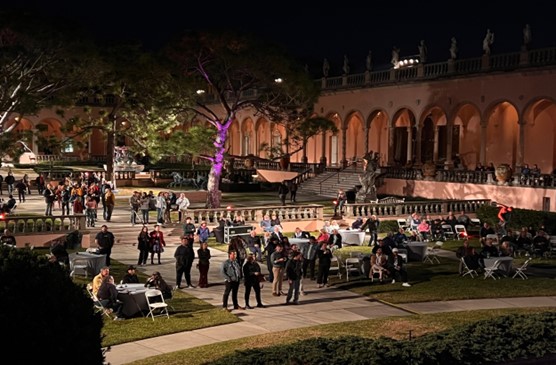By Jack Hernandez Once a quiet industrial zone, St. Petersburg’s EDGE District has blossomed into a lively hub for arts, dining and entertainment. As
Read MoreCategory: Uncategorized
Displaced seniors in St. Petersburg face uphill battle after twin hurricanes
By Abby Duke The streets of St. Petersburg have become a sobering reminder of the raw power of nature, as back-to-back Hurricanes Helen and Milton leave
Read MoreGen Z college grads struggle but remain determined with post-pandemic job hunting
Still shaking off the effects of the COVID-19 pandemic, Tampa’s Gen Z graduates are beginning to enter the workforce. But are they ready to face
Read MoreBeach volleyball players flock to St. Pete for competition and culture
By Kendra Reese Community & Culture Beat Reporter Pepê Costa’s journey from his childhood in Rio de Janeiro, where he spent his days in the
Read MoreORCA biodigester removed from USFSP’s Nest. What’s next?
With the recent removal of biodigester ORCA, the Student Green Energy Fund is exploring alternative plans to combat food waste on campus. By Katie Sing
Read MoreSeasoned Green’s vegan food truck journey
Seasoned Green is breaking stereotypes one meal at a time with their flavorful vegan and vegetarian menu. By Anisha Paudel Community & Culture Beat Reporter
Read MoreRingling Underground brings the community together through music
For 12 years the Ringling Museum has united the Sarasota community with their fondness for the arts. By Darialy Alvarez Community & Culture Beat Reporter
Read MoreUSF baseball looks to follow in the footsteps of basketball and football
By Jorden Pompey Sports Beat Reporter The University of South Florida Bulls are looking for redemption after being voted fifth in the American Athletic Conference
Read MoreTampa baseball standout gaining nationwide recognition
Ethan Petry is in his sophomore season at the University of South Carolina after a promising freshman year. Experts believe the Tampa Bay native may
Read MoreToo Good To Go: A new approach to preventing food waste
By Nadia Colimon Community & Culture Beat Reporter In the heart of the University of South Florida’s St. Petersburg campus is a quiet revolution against
Read More